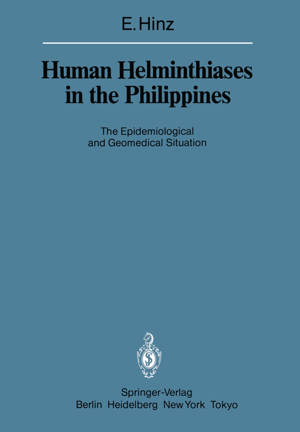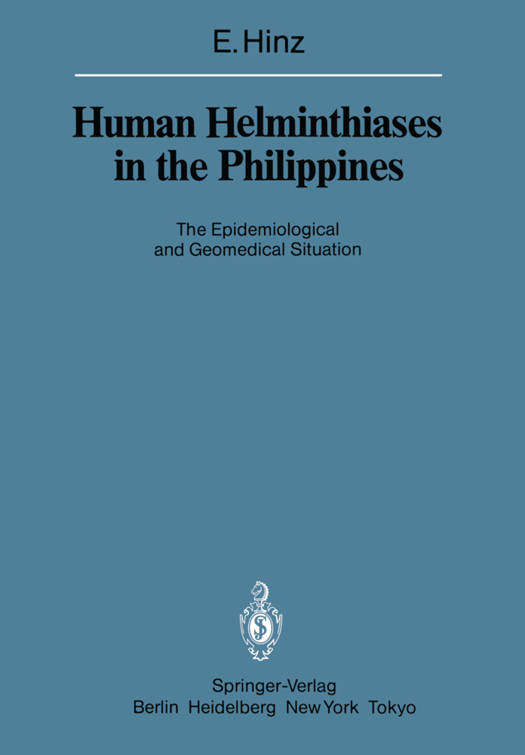
- Afhalen na 1 uur in een winkel met voorraad
- Gratis thuislevering in België vanaf € 30
- Ruim aanbod met 7 miljoen producten
- Afhalen na 1 uur in een winkel met voorraad
- Gratis thuislevering in België vanaf € 30
- Ruim aanbod met 7 miljoen producten
Zoeken
Human Helminthiases in the Philippines
The Epidemiological and Geomedical Situation
Erhard Hinz
Paperback | Engels | Sitzungsberichte der Heidelberger Akademie der Wissenschaften | Sitzungsber.Heidelberg 85 | nr. 1985
€ 118,79
+ 237 punten
Omschrijving
For medical scientists, biologists and geographers interest- ed in geomedical problems the helminthiases can be a fas- cinating object of research. Their distribution is due to the in part very complicated parasite life cycles which fre- quently depend on the presence of intermediate hosts. The search for the causes of the distribution of helminthiases requires to take into account not only such geofactors as affect the parasite developmental stages outside man but go beyond this and include the entire web of factors which contribute to the conditions for the distribution of their in- termediate hosts. Last, but by no means least, it is, however, man who through his customs and habits, his settlements and dwellings, his population density and, above all, his interference in the environment, determines the distri- bution of helminthiases. The frequency, persistence and areal expansions are a consequence of the interplay and in- teraction of all the geofactors. The aim of every geomedi- cal analysis must be to prove the causes of their distri- bution through a chain of causation which has no gaps. A classic example of such a chain had already been set out in the 1920s when Ernst Rodenwaldt investigated the occur- rence of brugiasis in the Serajoe Delta on Java, and it is Rodenwaldt's analysis which has served as a model for this work. The idea of producing the monograph presented here arose from the Geomedical Monograph Series edited by Helmut 1. Jusatz.
Specificaties
Betrokkenen
- Auteur(s):
- Vertaler(s):
- Uitgeverij:
Inhoud
- Aantal bladzijden:
- 315
- Taal:
- Engels
- Reeks:
- Reeksnummer:
- nr. 1985
Eigenschappen
- Productcode (EAN):
- 9783642708435
- Verschijningsdatum:
- 18/11/2011
- Uitvoering:
- Paperback
- Formaat:
- Trade paperback (VS)
- Afmetingen:
- 170 mm x 244 mm
- Gewicht:
- 539 g

Alleen bij Standaard Boekhandel
+ 237 punten op je klantenkaart van Standaard Boekhandel
Beoordelingen
We publiceren alleen reviews die voldoen aan de voorwaarden voor reviews. Bekijk onze voorwaarden voor reviews.








